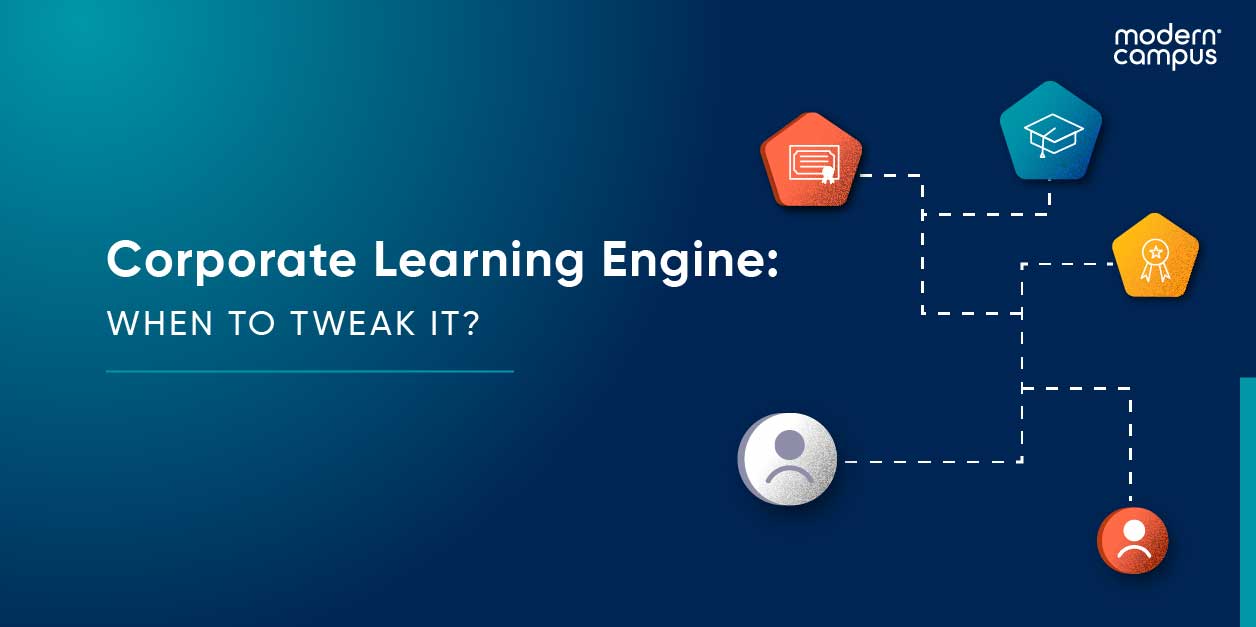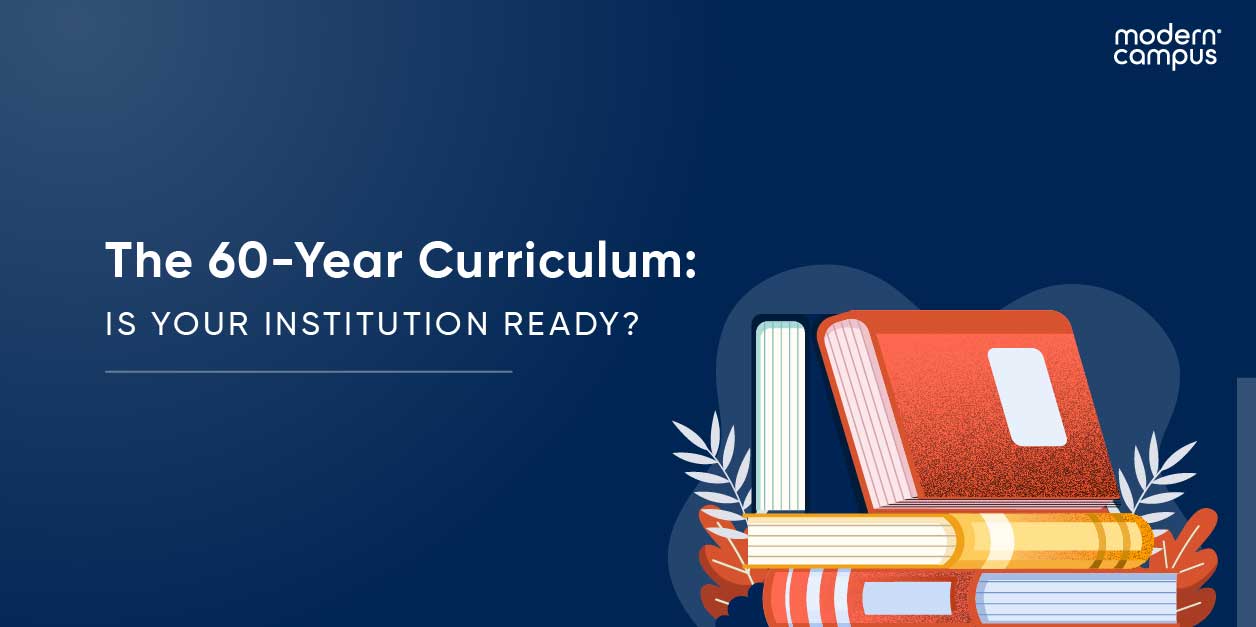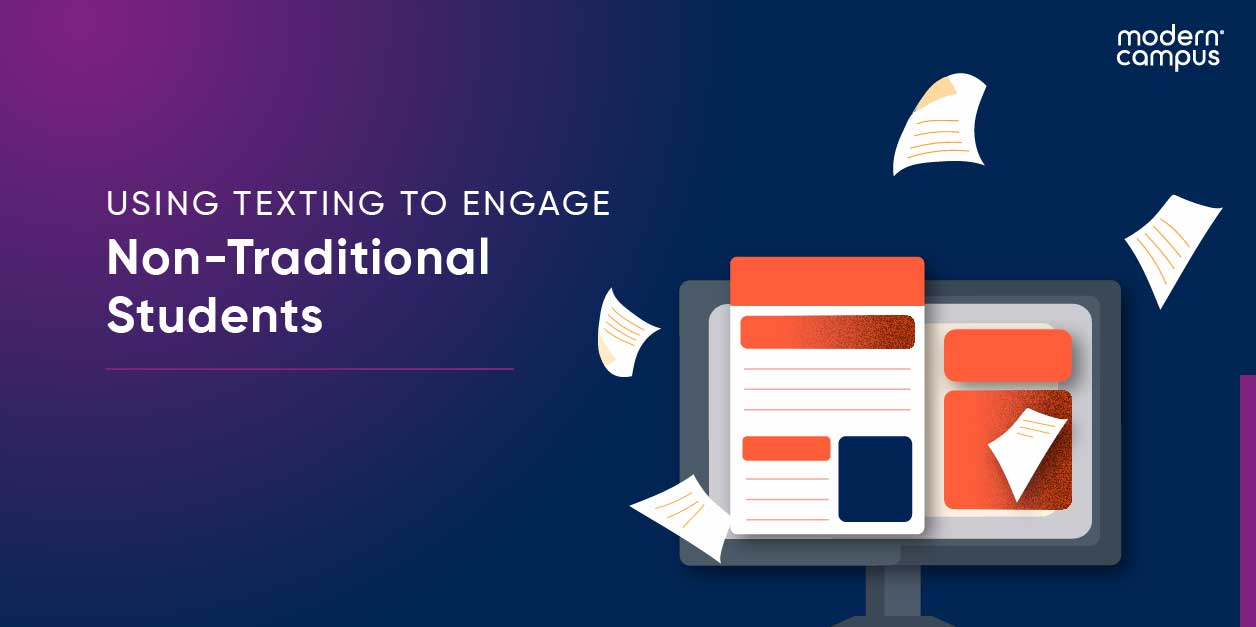5 Ways to Show That You Are Committed to Modern Learner Success
Times are changing, and so are learners.
One of the biggest drivers of this change is transforming student demographics. An increasing number of adult learners are enrolling in professional and continuing education courses designed to help them advance their careers. These learners are working professionals, balancing jobs with personal responsibilities, and their plates are full. This means they are always pressed for time and prefer to keep the effort they spend on administrative bureaucracy to a minimum.
According to Matthew Rascoff, Associate Vice Provost for Digital Education and Innovation at Duke University, adult learners experience expectations differ from those of traditional students because they’re a different stage in their lives.
“The fundamentals of higher education aren’t any different for adult learners than for traditional-age students. But the overall college experience for adult learners—the support services, the extracurricular opportunities—should be distinct,” he wrote in an article on The EvoLLLution.
“Adults are at a different place in their lives, with different needs and commitments than 18- to 24-year-olds.”
Younger professionals—who fit into the Millennial demographic—are also enrolling in continuing education programming, with some differences to their older counterparts. These professionals are driven by finding meaning in their work, and they’re looking for rapid response times, stackable programs and networking opportunities. These learners grew up in the Internet age, so they are extremely comfortable using technology and appreciate its capacity to give them the control to do things quickly; whether its buying an education product or any other service. They expect the features of their continuing education experience—submitting an application, registration, or paying down of fees—to be seamless as well.
According to Amy Chester, Senior Assistant Dean at the School of Continuing Studies at Georgetown University, CE divisions need to be aware of the needs of Millennials. In an interview with The EvoLLLution, she explained that programmatic agility isn’t enough for CE divisions any more—they need to bring service agility into the mix as well.
“As Millennials advance in their careers, we expect to see them continue looking for ways to revise, enhance, and develop their professional skills, especially when transitioning from entry-level positions to middle management and the executive suite. Continuing education divisions have to be agile, not just in what they offer but also in how they deliver education,” she said.
“Millennials are the largest generation in the workforce, and CE must be ready to satisfy the demands and expectations of this generation.”
Making Your Learners Succeed Must Be Your Top Priority
These new dynamics clearly emphasize the importance of bringing in a customer-oriented mindset to make your learners, whether working adults or Millennials, succeed.
Customer service in higher education has largely been confined to the four walls of a classroom, and within it the commitment to a great teaching practice. It’s high time that continuing education leaders realize that customer service needs to extend beyond the classroom and include every engagement with a student–be it educational or administrative.
In her article on The EvoLLLution, Elisabeth Rees-Johnstone, Executive Director of Continuing Education and Professional Learning at OISE at the University of Toronto, explained the importance of applying a customer service mindset to higher education.
“While we readily accept the notion of learner centricity for the classroom, we need to move beyond the classroom and consider how we might carry this learner-centric philosophy to our education operations. In the Age of the Customer, transforming the customer experience is a critical market imperative for all organizations and this is true for education as well,” she wrote.
“To be truly learner/customer-centric is to have every colleague on our teams committed to the customer experience,” Rees-Johnstone continued. “That’s being committed to the success of that learner.”
Best Practices for Enabling Learner Success
As higher education administrators think about ways of creating exceptional customer service, here are five best-practices that you can follow to meet that goal and bring success to your modern learners:
1. Simplify your operations
Your back-end processes must be streamlined to serve the value expectations of your students. Design each process with the student at the center. Map out all the steps–right from the time your students express interest to program completion–and try to identify redundant steps. Eliminate all these steps and make it easier for the students to engage with your university.
2. Enable self-service capabilities
Your adult students are crunched for time. Just like the students from the Millennial generation, they appreciate responsiveness and control. Prioritize your students’ self-service expectations with tools such as the Destiny One Student Lifecycle Management software platform and let them manage their own experience. This will keep your students satisfied and focused on learning rather than getting stuck in administrative red-tape.
3. Bridge your students’ need for employable skills
Since most students enroll in continuing and professional education to advance their careers, it’s important that you address both the technical and soft skills gaps they face. Your focus should be on imparting employable skills that let your students succeed in any profession they choose.
You can even think of forging partnerships with employers to understand role specific skillsets and create stackable credentials that let your students to simultaneously progress, both, professionally and academically.
4. Help your students accomplish their life goals
Demonstrate support for your students’ life roles and goals by recommending programs that can help them progress through a focused career path. You can do this by leveraging data to develop a better understanding of their choices and preferences.
5. Continue to engage with your students even after program completion
Your association with your students should not end at program completion. Think about ways in which you can remain in touch – invite them to alumni meets and try and get their feedback about their professional experiences. This is all useful information as it will help you gauge the current professional needs and equip you to offer even more meaningful programs and courses to your students.
At any point in time through their professional or educational journey, you should make your students feel that you are their trusted partner.
Classroom Experience Is Just a Part of the Overall Customer Service Package
Creating a superior experience for your modern learners demands a laser-sharp focus and a customer service-oriented culture that extends way beyond the classroom. By following these five best-practices, you will set yourself in the right direction to meet your student expectations and help them succeed.
Why Your Non-Traditional Division Needs to Prioritize Its System
Last updated: February 1, 2021



